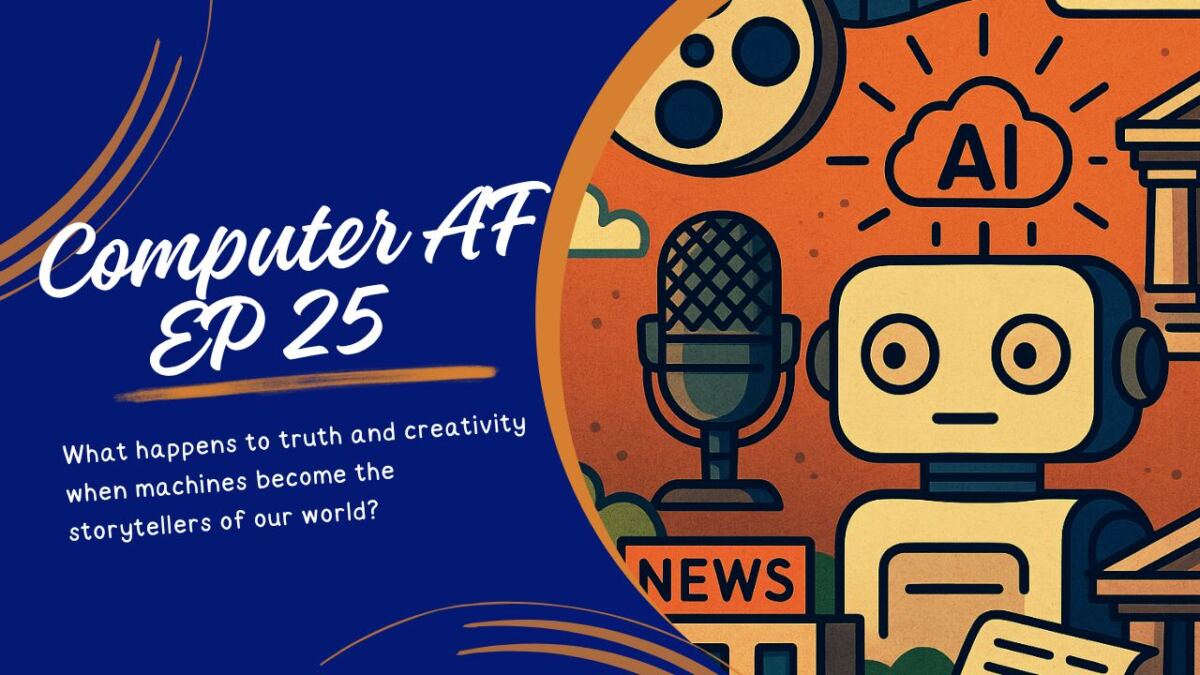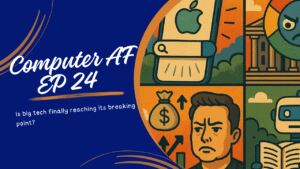Artificial intelligence (AI) has become the invisible infrastructure that supports how information is made, circulated, and trusted. In the past few months alone, the collapse of local newsrooms, the normalization of AI-assisted journalism, and the rise of synthetic performers in Hollywood have revealed that human creativity and public knowledge are being rebuilt around machines, often faster than institutions can keep up.
Nowhere is this more visible than in local news. Across California and the U.S., small stations and papers are closing, leaving large metropolitan outlets to “cover” entire regions with a handful of stories. The result is civic blindness, with communities left without reliable context about crime, education, or local governance. AI will not fill that gap. Why? Because it depends on accurate data to generate meaning. When journalism disappears, the record that models learn from vanishes too. The consequence is a feedback loop of misinformation with thin reporting feeds thinner data, and the digital version of a town becomes as hollow as its newsroom.
While local media struggles, major digital outlets are trying to regulate how AI fits into their workflows. Business Insider recently codified policies that allow reporters to use AI tools for drafts and outlines, as long as the final product is written in their own words. This kind of formalization was inevitable. Reporters have quietly used generative tools for months, and editors needed guardrails. The rules themselves are less interesting than what they imply: the byline is still the line of accountability. When the story goes wrong, it is the human, not the model, who must answer for it. The challenge will be maintaining originality and depth in an era when every newsroom starts with the same algorithmic rough draft.
Corporate America is industrializing AI at an even larger scale. Citigroup, for instance, is mandating AI prompt training for tens of thousands of employees. The program is framed as efficiency training, but its real goal is risk containment to reduce human error, data leaks, and regulatory exposure. Companies are learning that AI literacy is not about clever prompting but about governance. Models are not employees. They need access controls, lineage tracking, and human checkpoints. The organizations that treat AI like infrastructure rather than inspiration will be the ones that avoid catastrophic mistakes.
Meanwhile, entertainment is confronting its own version of automation anxiety. The emergence of Tilly Norwood, an AI-generated “actor,” and the public debut of video tools like OpenAI’s Sora have sparked panic and fascination in equal measure. These technologies blur the boundaries of likeness, consent, and authorship. They can make anyone the star of a scene or the victim of a forgery. Hollywood, already wary after recent labor strikes over AI use, now faces the reality that digital replicas are not hypothetical. Far from it, they are market-ready. The industry’s next crisis will not be about the tools themselves but about ownership of identity and residuals in a world where faces can be licensed like fonts.
Beneath all of this runs a quieter economic shift. As AI-generated material floods the web, a new kind of job is emerging for people who clean, verify, and contextualize machine-made output. The so-called “slop economy” might sound like satire, but it points to a real need. The value of content is no longer in its production but in its curation. The next decade of media growth will be driven not by how fast text or video can be generated, but by how well it can be trusted.
Skeptics argue that the entire AI sector resembles a bubble, fueled by venture capital rather than viable business models. That critique is partly right. Yet bubbles can also signal transition. The true measure of sustainability will not be how many demos go viral but how many systems actually improve over time, getting cheaper, faster, and more accurate the more they are used. When that happens, AI stops being a hype cycle and starts being infrastructure.
The tension that runs through all of this is the same one that has defined every technological shift, the battle of speed versus stewardship. AI can multiply what already exists, but it cannot yet decide what deserves to exist. That responsibility remains human. If the information systems of the future are to serve the public rather than overwhelm it, they will have to be rebuilt around provenance, accountability, and an unglamorous commitment to truth. The goal is not more content but better context. Only then will the digital world we are building reflect reality instead of replacing it.
Want more Computer AF? Check out the other articles or watch the show on YouTube.








